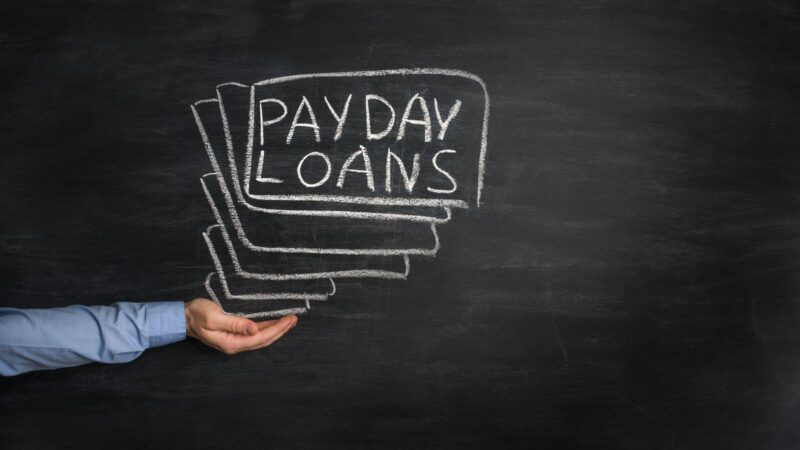
Cryptocurrencies have become an integral part of the global financial system, enabling users to make secure transactions at a lower cost compared to banks – the best part being that they operate without the need for a bank or other financial institution, as the traditional financial space entails. One of the most well-known names in this market is XRP, a digital asset designed for remittances, payments, and other financial transactions, whose popularity is in a big part connected to the Ripple company.
Unlike many cryptos that are mined – Bitcoin included – XRP was created with a total supply of 100BN coins, with its design enabling lower fees and instant transactions. Besides its utility in payments, XRP is also actively traded on crypto exchanges, with the xrp / usd pair being one of the most widely followed, which enables traders to exchange XRP directly for U.S. dollars, and provides a clear benchmark for its liquidity and market value. Interestingly, XRP has surged twice Bitcoin’s gain so far this year, prompting investors to wonder whether this asset is poised to become the next Bitcoin. We will explore the likelihood of this scenario below, so keep reading to learn more.
How Bitcoin stands out from the rest of cryptocurrencies
Bitcoin appeals to investors mainly due to its scarcity, as it has a fixed supply cap of 21 million coins, and it is designed as a deflationary asset, unlike fiat currencies, which can be printed endlessly. Due to this structural difference, Bitcoin has been dubbed “digital gold”, highlighting its uniqueness and the effort needed to produce new coins.
Another factor contributing to Bitcoin’s dominance in the cryptocurrency arena is its role in corporate treasuries, with major companies incorporating it into their cash management operations. On a larger scale, different sovereign nations are considering the development of strategic Bitcoin reserves, thus mirroring corporate treasury practices but at a more sophisticated scale. These developments demonstrate the widespread adoption of Bitcoin in the financial world, with it increasingly being viewed as a store of value and a hedge against inflation.
XRP’s impact on the global payments landscape
XRP has carved out its own name in the crypto landscape by offering utility in global payments. Nowadays, thousands of enterprises rely on the SWIFT network for cross-border transactions, but they consider the infrastructure to be not only costly but also slow. That’s where XRP comes to the rescue, solving these pain points through transactions that are nearly instantaneous and more cost-effective. Its decentralized ledger and efficient consensus mechanism enables funds to move across borders within seconds, no matter the geographic distance, which makes it a compelling option to conventional banking infrastructure.
Is XRP the next BTC in the making?

Bitcoin and XRP are clearly different, and they have a unique role in the digital asset landscape. While Bitcoin is a macro asset, functioning as a reserve instrument and a bargaining chip in the economic conversation, XRP has a narrower application, making cross-border payments much more efficient.
These differences are notable; Bitcoin’s underlying value stems from its unique status as a decentralized asset and its role as a multi-platform store of value. On the other hand, the value proposition of XRP stems from enhancing efficiency in a sector ripe for disruption, where the token’s usage is not a necessity.
When evaluating the likelihood of XRP becoming the next Bitcoin, it’s important to note that the former is still far from having the same investment profile as Bitcoin, and it’s unlikely that it will match the price of the crypto leader or its level of decentralization. In terms of market cap, however, it wouldn’t be impossible for XRP to challenge Bitcoin. For now, it may be unlikely, but let’s not forget that the crypto industry has defied expectations over and over again.
Could XRP hit $10 in October?
October 2025 could mark a pivotal moment for the XRP ecosystem, fueled by two major catalysts. First and foremost, by the end of next month, the SEC will hit a deadline regarding the approval of spot XRP ETFs. Given that there were months of extensions, the decision won’t likely be postponed again. With many issuers, there’s a strong interest in how things will unfold – if approved, spot XRP ETFs would enable investors and institutions alike to gain exposure to XRP without relying on crypto exchanges. As already seen in Bitcoin’s case, the approval of ETFs leads to sustained rallies due to new inflows. The major difference here, however, is that XRP has a smaller market cap, and this would amplify the effect. Of course, a rejection of XRP ETFs is also possible, especially because the regulator has been cautious about other crypto ETFs that aren’t Bitcoin and Ethereum, not to mention that the previous legal battles of XRP may not make the decision any easier.
Another important factor that could influence the future trajectory of XRP is Ripple’s banking license application. The approval would enable Ripple to operate as a federally regulated trust bank, providing it with a significant legitimacy boost. Obviously, the application could equally be rejected or delayed. In a bull case, a national banking charter would be revolutionary for Ripple, positioning it alongside major financial institutions in the U.S. and offering regulatory clarity that could fuel large-scale enterprise adoption, potentially pushing XRP into double digits. However, it’s essential to note that the Office of the Comptroller of the Currency scrutinizes management, compliance, and capital, and Ripple must demonstrate that it meets stringent standards and competes effectively with established financial companies.
All in all, the upside for XRP is real, but risks still remain, and investors should be prudent and plan for any outcome, whether transformative approvals that fuel sharp price appreciation or rejections that cause near-term weakness.
The bottom line
While XRP is unlikely to replicate the role of Bitcoin in the cryptocurrency ecosystem, it still stands out as a practical solution for global payments. With upcoming catalysts such as Ripple’s banking license application and the potential approval of ETFs, the cryptocurrency has significant opportunities ahead that could strengthen its position in the market and accelerate adoption. Ultimately, XRP may not need to become the next Bitcoin, but rather carve its own path in the digital asset landscape, redefining how money moves across borders.







